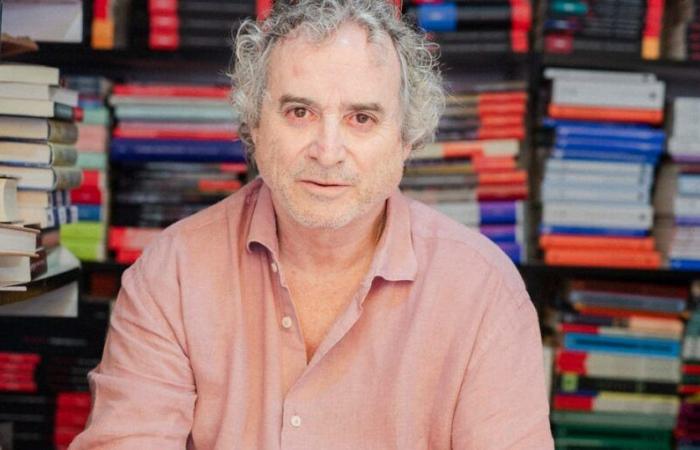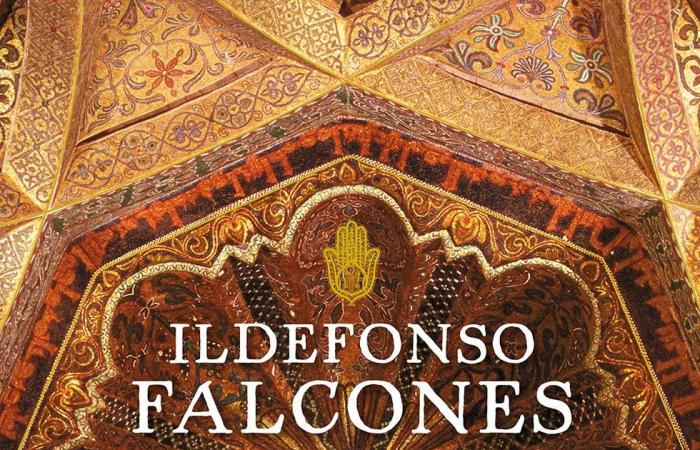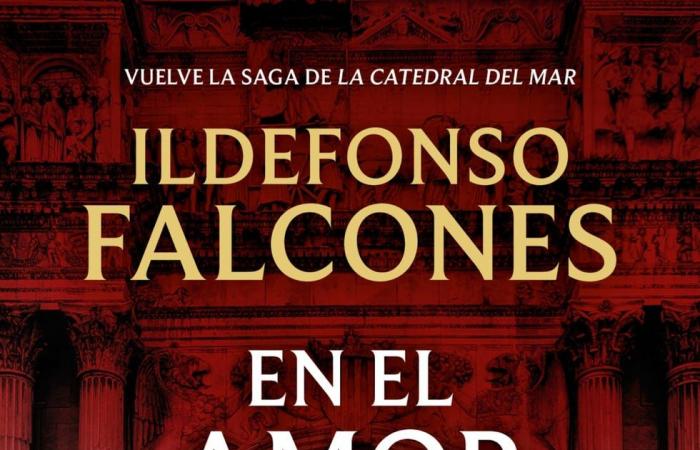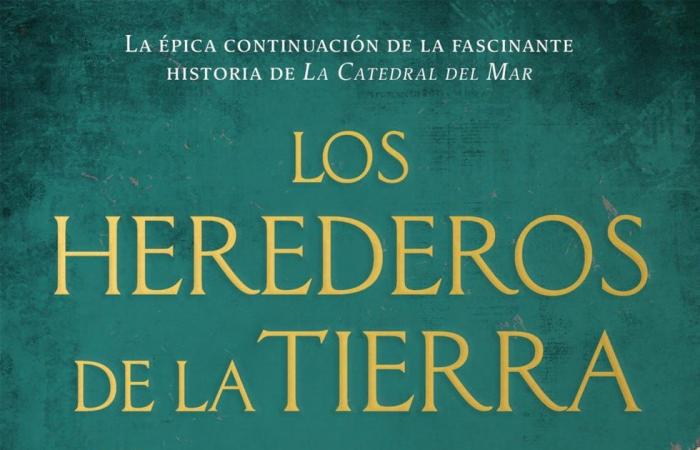Ildefonso Falcones (Barcelona, 1958), married and father of four children, studied law at the University of Barcelona and exercised law in his own firm until, in 2006, his life changed radically with the publication of his first novel, ‘The Cathedral of the Sea’. It became a brutal editorial phenomenon that exceeded the record of a million and a half of copies sold in Spain during its first year and was published, with great reception by readers, in more than forty countries and that, over time, was adapted to series, also with enormous success.
Ildefonso Falcones consolidated his literary career with ‘The hand of Fatima’ (2009), awarded with Rome 2010, and ‘La Queen Barefoot’ (2013), awarded with Pencho Cros. In 2016 he published ‘The Heirs of the Earth’, continuation of the Cathedral of the Sea, recently adapted by Netflix. In ‘The painter of souls’ (2019) he portrayed the rise of modernism in Barcelona of the early twentieth century, and in ‘Slave of Freedom’ (2022) defended cultural diversity and historical justice. All his novels have been acclaimed by critics and backed with enthusiasm by the reader, as well as his last book, ‘In love and war’, a third part of ‘The Cathedral of the Sea’. These are his best novels, according to Goodreads users.
4) ‘The hand of Fatima’ (2009)
Goodreads users say about this novel that “it is very long and suffers a lot”, but despite everything, they put a very high remarkable. ‘The hand of Fatima’ (Debolsillo) It was the second novel by Ildefonso Falcones and takes place in the Córdoba of the mid -XVI, when the Moorish, fed up with humiliation, revolt against Christians. Among them is Hernando, a young son of a Moorish and the priest who violated her, who is rejected by the Moors, due to her origin, and by the Christians, for the culture and customs of her family. In the war he will know the brutality of both parties, but he will also fall in love with the brave Fatima, a beautiful young woman with black eyes.
Pages: 960
Puntuación: 3.96/5
3) ‘In love and war’ (2025)

Ildefonso Falcones has written seven novels in total, but it is clear that his followers are very fans of the trilogy of ‘The Cathedral of the Sea’, and they have placed them all in Goodreads with very similar scores. He has already entered the top his last book of the saga, ‘In love and war’ (Grijalbo), that passes in the second half of the fifteenth century. Arnau Estanyol, grandson of the protagonist of ‘The Cathedral of the Sea’, is a successful military, a 25 -year -old general, headed by the Army of the King of Aragon in the conquest of Naples. Reliating in the Italian city, it is sent by the monarch to Catalonia to address important issues, a moment that takes advantage of its main enemy, Gaspar Estorent -which is also his stepson -, to attack his marine stepdaughter with terrible consequences.
Pages: 768
Puntuación: 3.98/5
2) ‘The heirs of the earth’ (2016)

The second part of the saga of ‘The Cathedral of the Sea’ is ‘The heirs of Earth’ (Debolsillo)that stays very close in score of the original book. The action begins in 1387 and introduces us to Hugo, a 12 -year -old who works in the Atarazanas with the illusion of being a ship builder. Basting by Arnau Estanyol, he will fall victim to the revenge of the staunch family, the Puig, and will end up trying to survive in an unfair Barcelona with the poor. Forced to leave the neighborhood of La Ribera, he looks for work with Mahir, a Jew who teaches him the secrets of the wine world. In his youth he will know sweet and bitter moments, his first love and the importance of leading his life with dignity.
Pages: 896
Puntuación: 4/5
1) ‘The Cathedral of the Sea’ (2006)
The sea cathedral

The years go by, almost two decades, and ‘The Cathedral of the Sea’ (Grijalbo) It is still the favorite book of readers among all those written by Ildefonso Falcones. Inspired by the real events of the reign of Pedro III of Aragon, it is a beautiful novel around the church of Santa María del Mar de Barcelona (whose tourism experienced a huge rebound after the publication of the novel). In the fourteenth century, Barcelona expands to the fishing neighborhood of La Ribera, whose inhabitants decide to build the largest Marian Temple ever known: Santa María de la Mar. A construction that is parallel to the random history of Arnau, a servant of the land that flees from the abuses of his feudal lord and takes refuge in Barcelona, where he becomes a citizen and, with it, with it.
Pages: 672
Puntuación: 4.16/5










